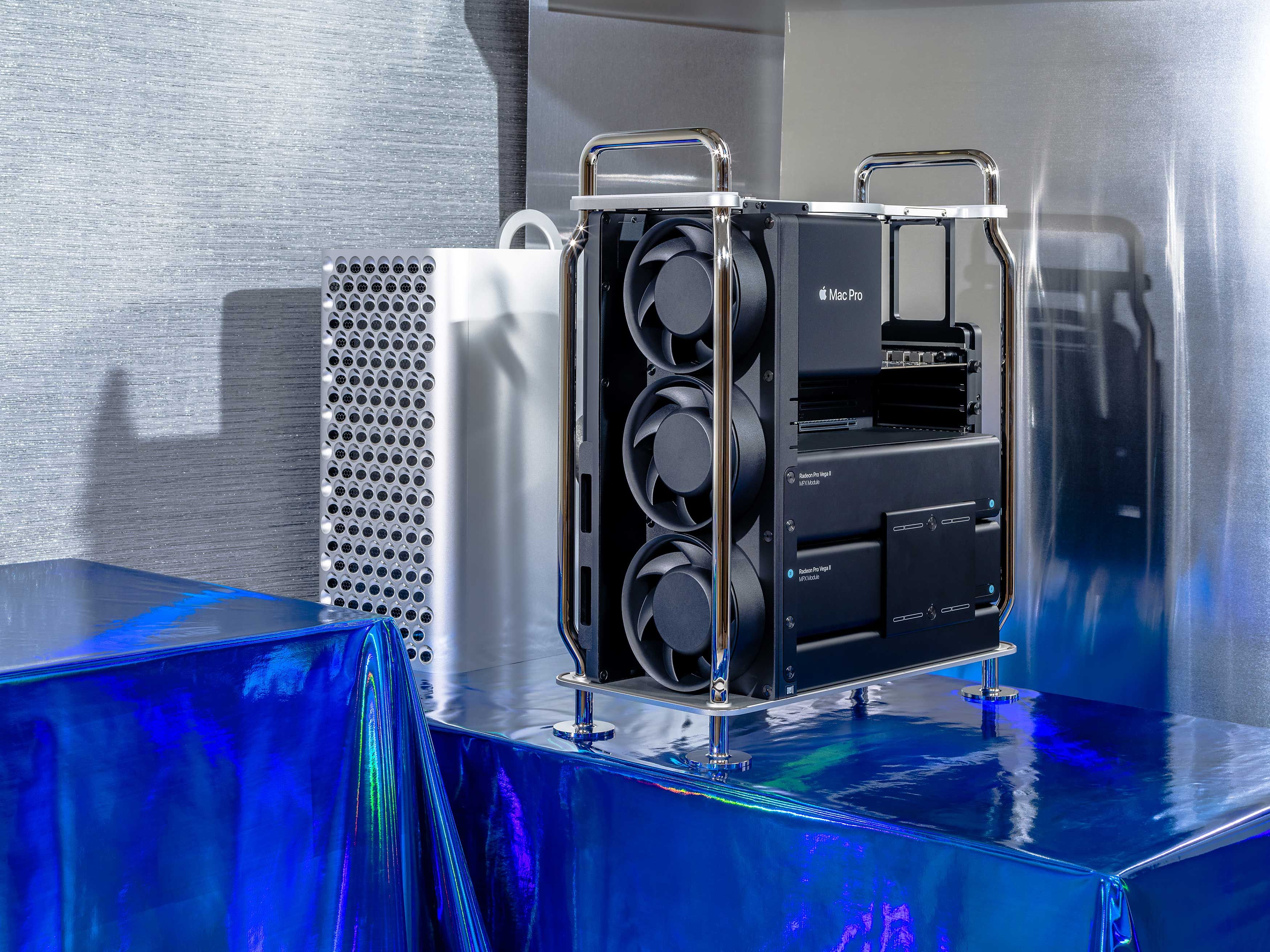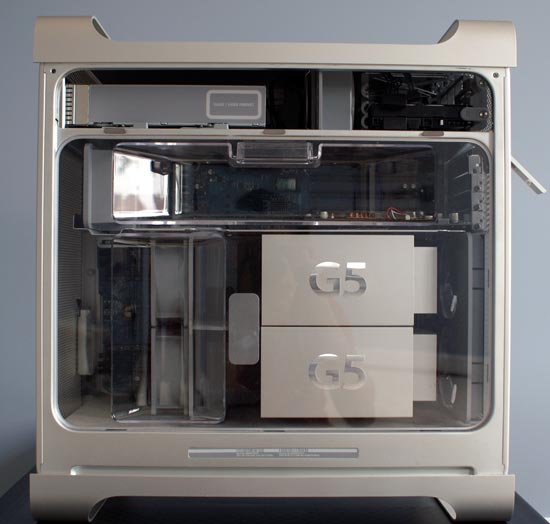
#Mac power g5 review movie#
Exporting a movie in iMovie HD went 26% faster, and creating a DVD image in iDVD went 17% faster.īoth Power Macs performed similarly when importing Alex Wise's Front Porch music CD in iTunes or running Unreal Tournament 2004's flyby and botmatch tests.

We saw a 16% speed increase when performing a Photoshop CS2 action on a 100MB file, while we only noted an 8% increase when exporting a file to PDF in InDesign CS2. The dual 2.7GHz Power Mac is faster than the dual 2.5GHz Power Mac (well, duh.), but the improvement varies by task. Other internals remain essentially the same as the erstwhile 25GHz dualie: liquid cooling three full-length PCI-X slots (one 133MHz 64-bit slot and two 100MHz 64-bit slots) and optional AirPort and Bluetooth - though Apple now uses Bluetooth Core Specification Version 2.0 EDR (Enhanced Data Rate), which has better speed and improved error correction. If you want to run a pair of the 30-inchers (and make us all very jealous and your bank manager very cross), you'll need to pay £398 to upgrade to the NVIDIA GeForce 6800 Ultra DDL.

The video card, a 256MB ATI Radeon 9650 with one singlelink and one dual-link DVI port, supports Apple's massive 30- inch Cinema Display. The stock Serial-ATA hard drive jumps from 160GB to 250GB, while the SuperDrive is now rated at 16x and can burn double-layer DVDs. Power Macs need memory adding in pairs, so you'll have to buy a couple of 512MB sticks or two 256MBs.

All Power Macs now come with a stock 512MB of RAM - a real improvement, but we still recommend you boost your RAM to 1GB. The processors are faster, each with a 1.35GHz frontside bus - and it's that frontside bus that matters, as owners of the old single processor 1.8GHz G5s will testify.


 0 kommentar(er)
0 kommentar(er)
